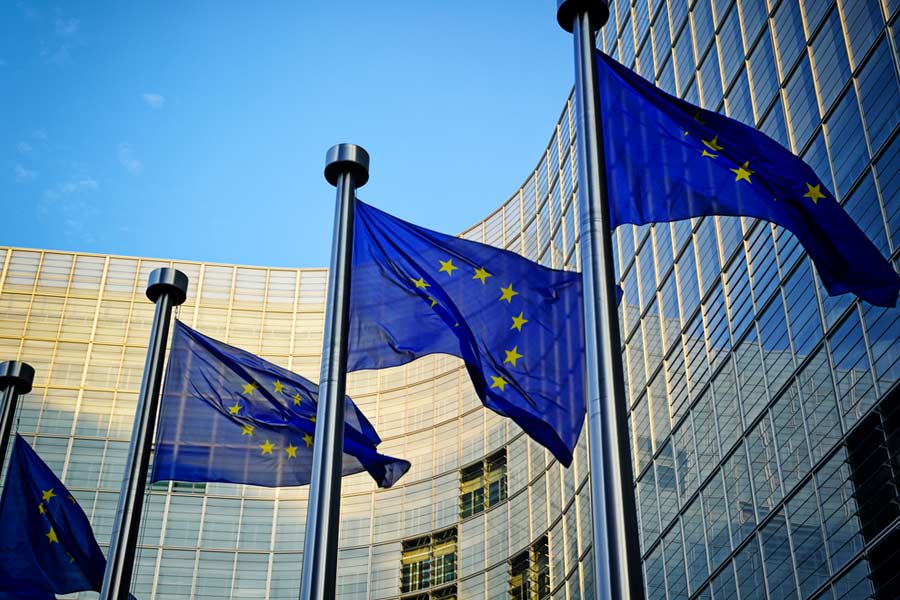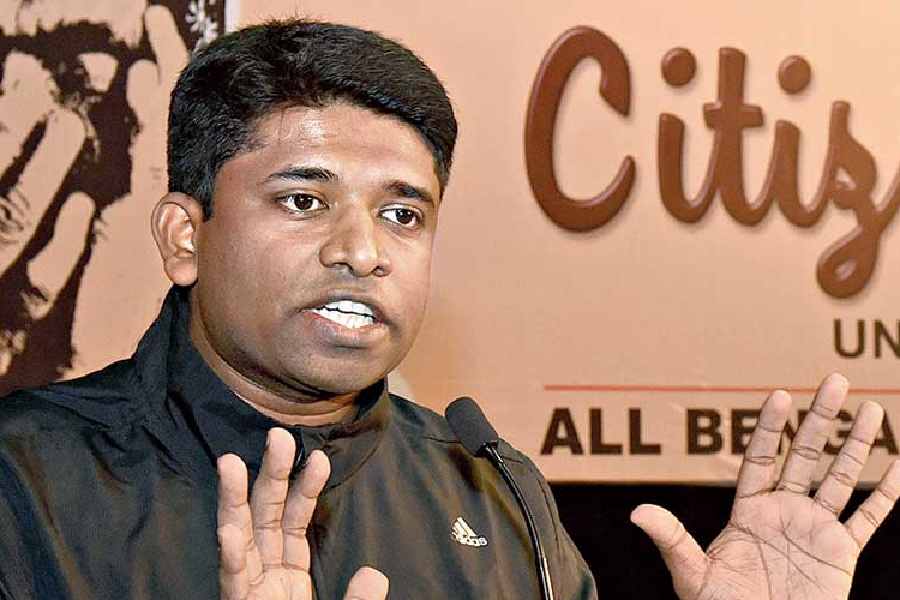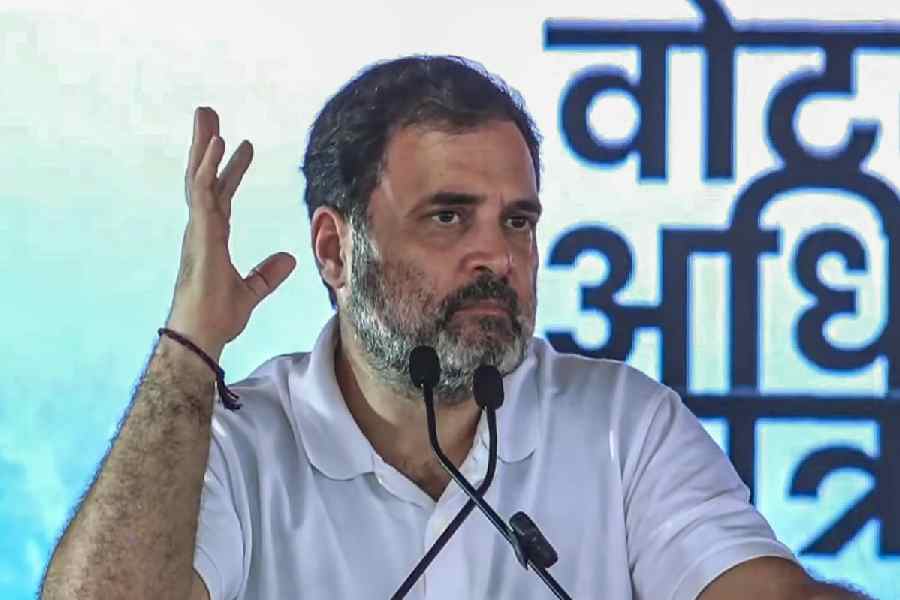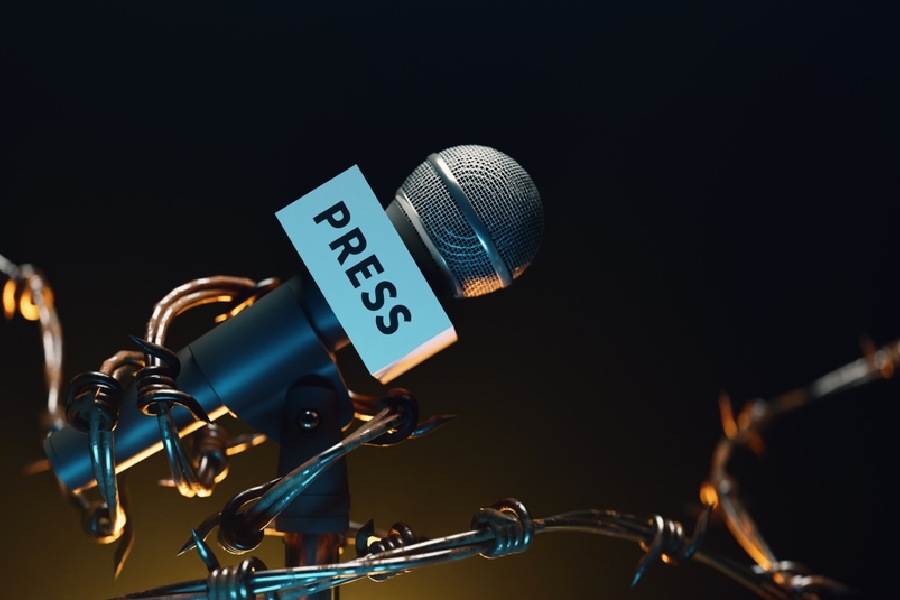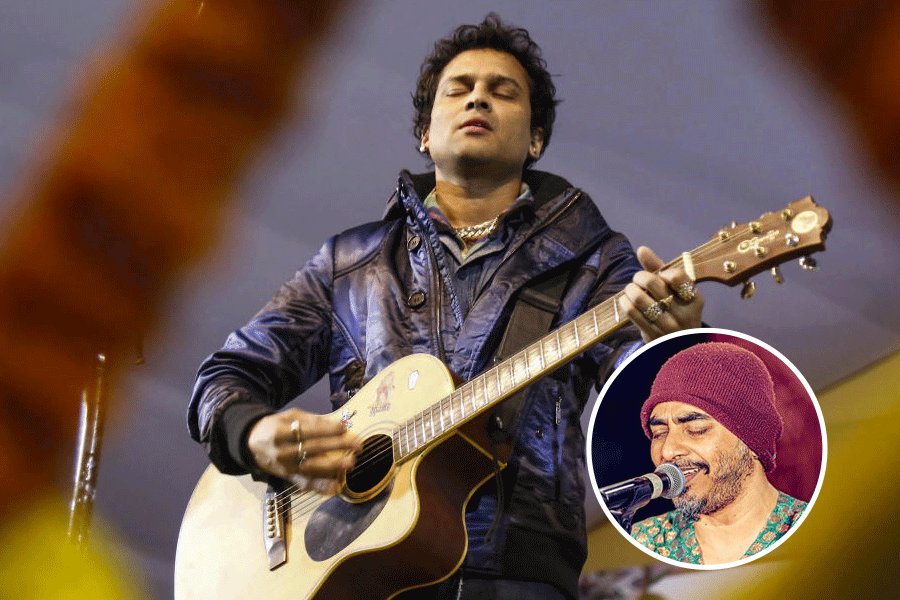European leaders have dealt with US President Donald Trump’s return to office by trying to keep him cooperating on Ukraine while pushing to ramp up their own defence spending so they are less reliant on an increasingly fickle America.
But Friday’s meeting in the Oval Office, in which Trump berated President Volodymyr Zelensky of Ukraine, underscored for European leaders that they might need to come up with more concrete plans — and fast.
Following the heated exchange, a visibly annoyed Trump cancelled a news conference with the Ukrainian leader and posted on social media that Zelensky was “not ready for peace” so long as he had American backing.
His anger — and his threat that the US could stop supporting Ukraine if it did not accept any US-brokered peace deal — was just the latest sign that Trump was pivoting American foreign policy away from traditional allies in Europe and towards Russia.
“The scene at the White House yesterday took my breath away,” Germany’s President, Frank-Walter Steinmeier, told DPA, a German news agency, on Saturday. “I would never have believed that we would ever have to defend Ukraine from the US.”
The stark shift in American strategy has left the continent’s leaders reeling. Many worry that if the war ends with a weak deal for Ukraine, it would embolden Russia, making it a greater threat to the rest of Europe. And the change in tone makes achieving greater self-reliance more urgent than ever, even if the European leaders face the same daunting challenges as before.
It would take years to build the weapons systems and capabilities that Europe would need to be truly independent militarily. And supporting Ukraine while building homegrown defences could take the type of rapid action and united political will that the European Union often struggles to achieve.
“Everything relies on Europe today: The question is, how do they step up?” said Alexandra de Hoop Scheffer, acting president of the German Marshall Fund. “They have no alternative.”
European leaders had already been debating how they could help guarantee security in Ukraine if a peace deal were struck, what terms they would find acceptable, and what they might give Ukraine in their next aid package.
In fact, top officials are poised to meet this week to discuss defence, first in London on Sunday at a gathering organised by Keir Starmer, the British Prime Minister, then in Brussels on Thursday at a special summit of the European Council, which brings together EU leaders.
Representatives from the bloc’s 27 member countries met on Friday afternoon to come up with a draft of ideas for the meeting in Brussels. The plan included calls to beef up EU defences faster than previously expected and to more clearly define possible security guarantees for Ukraine, according to an EU official briefed on the matter.
And that was before Friday’s exchange between Trump and Zelensky.
The flare-up spurred an immediate outpouring of public support for Ukraine from many European officials.
“You will never be alone, dear President,” Ursula von der Leyen, the president of the EU’s executive arm, wrote in Ukrainian on X on Friday night.
It also prompted calls for fast action, with some European diplomats and leaders hoping that even countries that have been reluctant to increase spending on defense and support for Ukraine will now get on board with a more ambitious approach.
“A powerful Europe, we need it more than ever,” President Emmanuel Macron of France posted on social media. “The surge is now.”
Kaja Kallas, the EU’s top diplomat, was even more emphatic.
“We will step up our support to Ukraine,” she wrote on social media on Friday night. “Today, it became clear that the free world needs a new leader. It’s up to us, Europeans, to take this challenge.”
Yet for all of the bracing pronouncements, speeding up Europe’s transition to greater autonomy on defence will be no easy task.
For starters, shouldering a greater part of the financial burden for aiding Ukraine is likely to be expensive. The US alone has spent about $114 billion on military, financial and humanitarian aid for Ukraine over the past three years, according to one frequently used tracker, compared to Europe’s $132 billion.
Plus, when it comes to European defence more broadly, America provides critical weapons systems and other military equipment that would be near impossible to replace quickly.
“We still do need the US,” said Jeromin Zettelmeyer, director of the Brussels-based research group Bruegel.
EU nations have been increasing their military spending in recent years — spending 30 per cent more last year than in 2021. But some Nato countries are still short of the goal of members’ spending 2 per cent or more of their gross domestic product on defence.
Part of the problem is that spending more on defence typically means spending less on other priorities, like health care and social services. And given economic challenges and budgetary limitations in Germany, France and smaller economies like Belgium, finding the political will to ramp up outlays has been a challenge.
Still, European leaders are trying to find ways to make bloc-wide deficit rules more flexible to enable more military investments.
New York Times News Service

